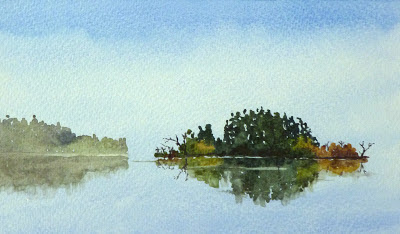 |
Sandwich Bar
Long Composition - September 2012
Graphite Pencil on Paper
37cm x 28cm (14.5" x 11") |
The Long Composition is another exercise from the Natural Way to Draw.
Like the Daily Composition (see
Daily Composition and
A Year of Daily Compositions), it is a gesture study drawn completely from memory.
The difference between the exercises is that the Long Composition is drawn over multiple days.
On the first day, you visit a location and observe your reaction to it. You start the drawing by making a record of these impressions. On subsequent days, you identify some weaknesses with the drawing, visit the location, study the areas of weakness in more detail and then add what you’ve learnt to the drawing. After a few days of refinement the paper gets messy, so you put a piece of tracing paper over it and continue drawing on that.
Nicolaides instructions are to treat the Long Composition as homework and to complete a drawing every week. I am taking a more relaxed approach by following his alternative suggestion to finish a Long Composition with each Schedule. For me, this translates into 1 drawing every 5 weeks, so each week I am swapping a couple of Daily Compositions for Long Compositions.
The description of the Long Composition answers a question that has been bothering me for over a year – What has this to do with composition? Nicolaides explains the first step in learning composition is to gather material to compose. He stresses a composition should come from an understanding of the subject. You start with the gesture which leads to the composition. You don't impose the so-called rules of composition on to the subject.
So far, I have completed 3 Long Compositions. They have each had their challenges.
Friday Evening at the Royal Oak was my first. The venue seemed ideal because I could study the pub over Elaine’s shoulder without looking too much like a crazy stalker. The trouble is we were drinking a bottle of wine while we were there, which didn’t help my powers of concentration.
 |
Friday Evening at the Royal Oak
Long Composition - July 2012
Graphite Pencil on Paper
39cm x 23cm (15.5" x 9") |
My second drawing was In the Kitchen. During the last session, I noticed the perspective on the cooker hob was wrong. I thought about redrawing it, but decided not to because there is a danger I could spend the rest of the course making endless improvements to the same study.
 |
In the Kitchen
Long Composition - August 2012
Graphite Pencil on Paper
39cm x 23cm (15.5" x 9") |
I completed Sandwich Bar on Friday. The difficulty with this one was I didn’t have time to study enough details while waiting for my sandwich. This time I noticed mistakes while I was making my final observations and decided not to correct them because it would involve a complete restart.
Next time I need to find a venue where I can sit and watch what’s going on without looking too odd and without drinking half a bottle of wine.

















































